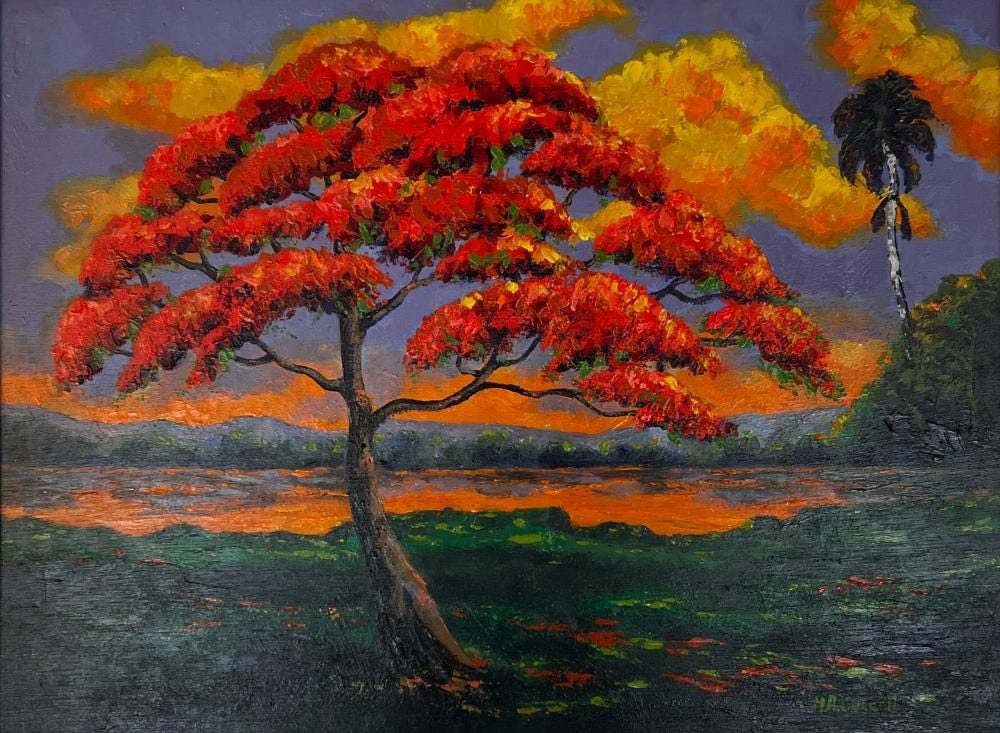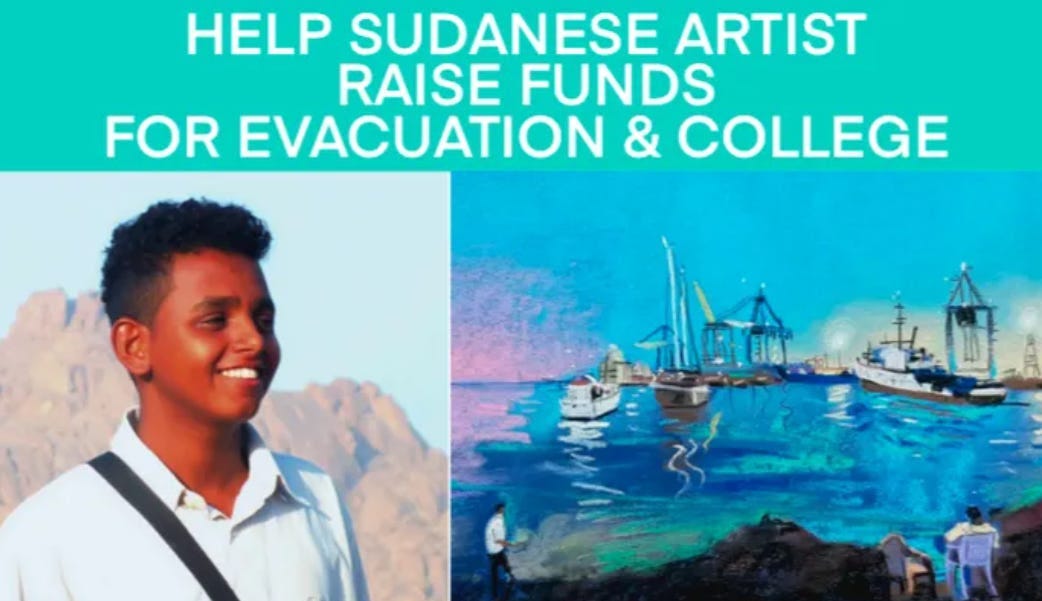Note: Due to technical difficulties (in other words…I fucked up), the original post was removed. This is a repost.
Dear Beloved,
There is an artificial division between art and science. As if artists are not observers of the natural world, synthesizing knowledge and experimenting, analyzing data, and making educated predictions. As if scientists absorb the world as machines do, devoid of creative thought and imagination, and are divorced from the thrill of creation. As if science and art are not victims of censorship. As if both are not the essence of humanity - how we perceive the world, how we make sense of ourselves and relate to each other.
Yet we don’t hear cliches of the “starving scientist,” even while programs are cut and funding is funneled from helpful, beautiful things like health, education, or environmental stewardship to weapons and other brutal things that make money. Nor do we hear scoffs when a child discovers the delight of chemical compounds or the measurement of motion. There isn’t loud disparagement or quiet pity when a student decides on a biology degree despite most graduates going underemployed, underpromoted, and underpaid now.
Parents don’t mourn their children’s future when they declare, “When I grow up, I want to be a scientist!”
Scientists walk a tight line between respect and disparagement, praised when they are useful and spat on when they no longer benefit politicians (a moment of silence for Dr. Fauci). We see this in global tech companies when the workers attempt to organize or speak out: they will lose their job and future opportunities will suffer. Even scientists’ research can cost their livelihood.
Scientists and the Systems That Be (the 1% hoarding everything) have an understanding: Benefit us, and we pay you. Undermine us? You lose your job, your home, your food, your healthcare, everything. It’s an abusive, coercive relationship.
"Google built this whole company up on the idea that we'll give you free food and a free coffee and pay you well and give you comfortable bean bags to work on as long as you toe the company line," said former Google employee William Fitzgerald in 2020, explaining tech giants’ typical cushions for their tech workers and corporate employees.
Living in the Seattle area, I see it all the time - the comfortable but very siloed campuses, plush with wealth and exclusion. But it comes at the cost of obedience. When scientists like Timnit Gebru do as scientists - question, analyze, research, share - and their findings challenge capitalist gains, they are cut out. If tech workers’ activism does not benefit a corporations blood-stained politics, they are fired in droves. And the oligarchy’s government structures will support them at every turn.
As Fitzgerald described, “Anyone who continues to challenge their power will get squashed or pushed out.”
Artists, though?
They starve the artists.
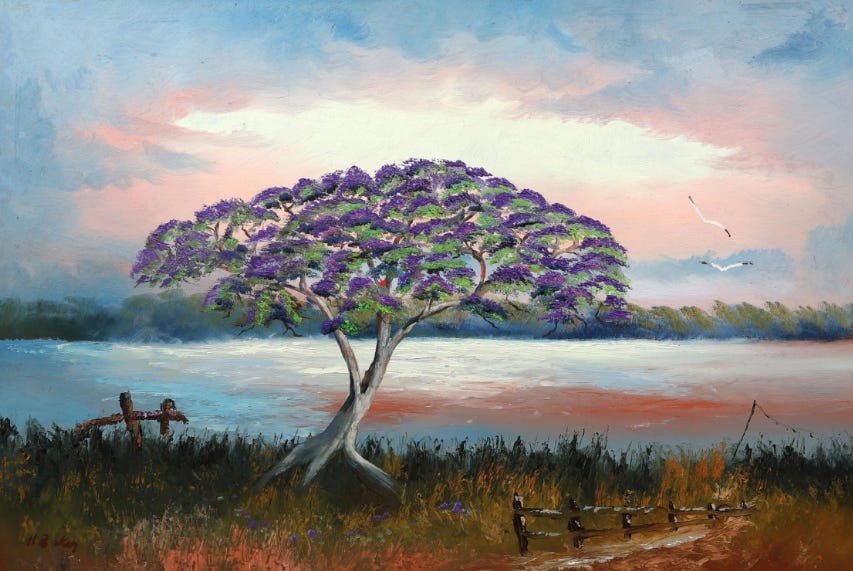
When art is harnessed by empire to entertain as part of the old bread and circus routine or create propaganda, it’s a tool. Content creators - because at that point, it moves away from the humanity inherent in art and becomes “content” - are rewarded. A-list actors and musicians reap the benefits as mouthpieces for the ruling class. When artwork is deemed “marketable” by an appraiser, it is converted into a tool for hoarding wealth.
When the artist is useful to empire, they become an exception to their starving peers. But there is a price: the capitalist system intentionally limits creativity.
Why? Because contradictorily, and perhaps most remarkably, art threatens capital. Art sparks radical imagination, confronting systems and challenging us to co-create better.
Art inherently threatens key principles of white supremacy culture: perfectionism, urgency, quantity over quality, paternalism. either/or thinking, power hoarding, fear of open conflict, individualism, equating progress with BIGGER/more, objectivity, and right to comfort.
School art programs are defunded because the arts exists outside of the myth of perfection and spits in objectivity’s face. Art laughs at questions like, “Is it good or bad?” and challenges beholders, unphased by their discomfort.
“The role of the artist is to make the revolution irresistable.”
- Toni Cade Bambara
Art is often acts of collaboration, dependent on entire studio teams to create. Despite paternalistic attempts to define “true” art and gatekeep it, art radically declares itself FREE and accessible to everyone. Everyone can make art.
People without limbs paint with paintbrushes in their mouths. The Deaf community creates musical theatre. People across cultures worldwide create, leaving their mark on now ancient cave walls to modern-day office buildings. Art mapped out the Underground Railroad, and it recorded Indigenous histories amidst removal from homelands. Murals turn controlled public spaces into sites of education and resistance.
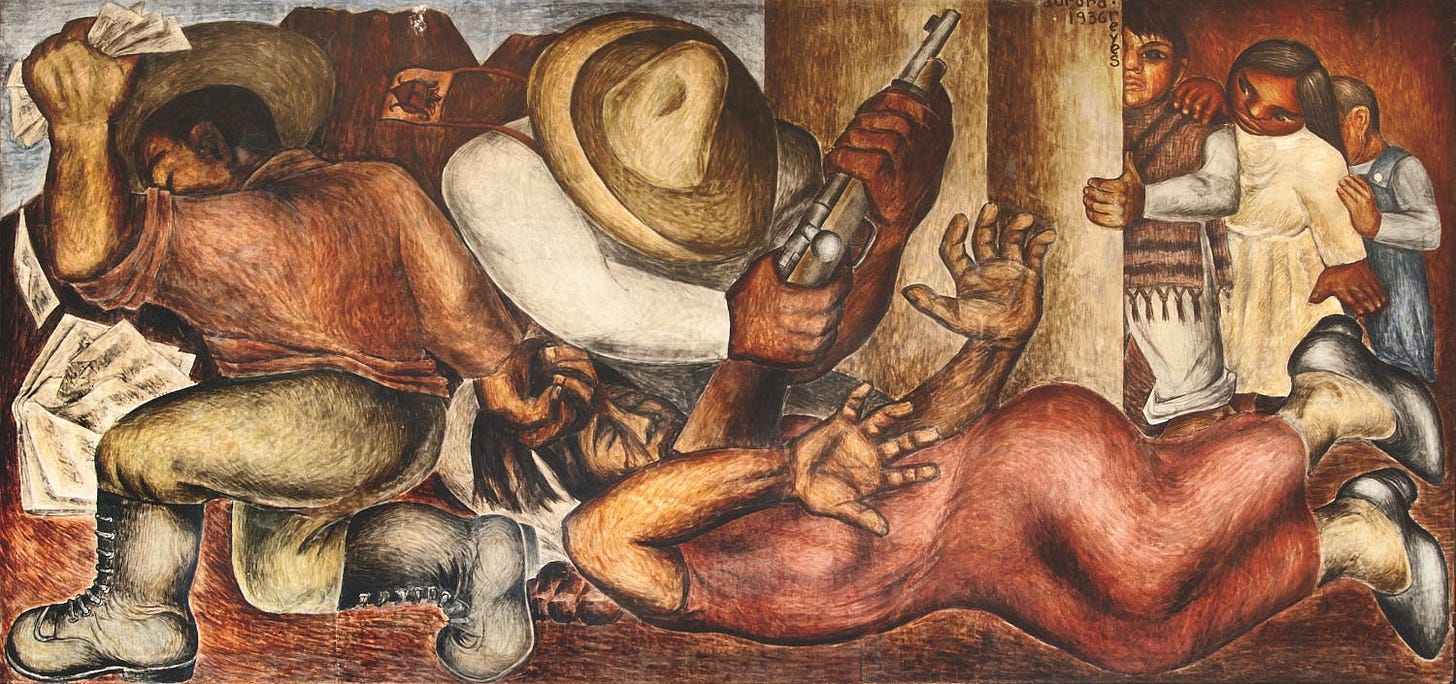
Ironically, in a system that hinges on infinite economic growth in finite realities, art’s unlimited use of materials is a threat. Artists take the tools of the oppressor and discarded extractions to spark change.
Collaboration between artists and environmentalists alchemizes toxic river waste into paint pastels. Scientists found a way to capture air pollution into carbon-capturing ink. Trash is recycled into Re-Art shows. Using technology to create solar glass, stained glass windows become solar panels.
Art is a universal language that can spread ideas, and the last thing our oppressors want is for us to get any ideas. So, they starve the artists.
“Art is not a luxury as many people think — it is a necessity. It documents history — it helps educate people and stores knowledge for generations to come.”
Dr. Samella Lewis
Art and sciences are intertwined and together, they are tools to either uphold or dismantle empire. Whether you are poet, sculptor, naturalist, geneticist, writer, engineer, painter, dancer, or chemist, you hold the power to connect with community and collectively challenge the systems that threaten us. With art and science, we can co-create a world where creativity and discovery is not limited by monetary gains and capital threats on our very existence.
Seeds for Change
Gather your community and create art supply mutual aid project in your neighborhood. Here is a guide on how to make one and here, you can learn more about the Free Art Supply Mutual Aid Network.
Watch this roundtable on Art & Mutual Aid.
Consider dabbling in guerilla artistry.
Support Muhammad's Artistic Journey Amid Sudan's Turmoil
This campaign is for Muhammad Mustafa Abu Al-Hassan. He is a 23-year-old artist living in Sudan. He previously studied Fine Arts and Plastic Arts at the Sudan University of Science and Technology. Due to the ongoing "wars" and vi0lence in Sudan, Muhammad had to end his studies. He describes this halt to his education as "losing everything."
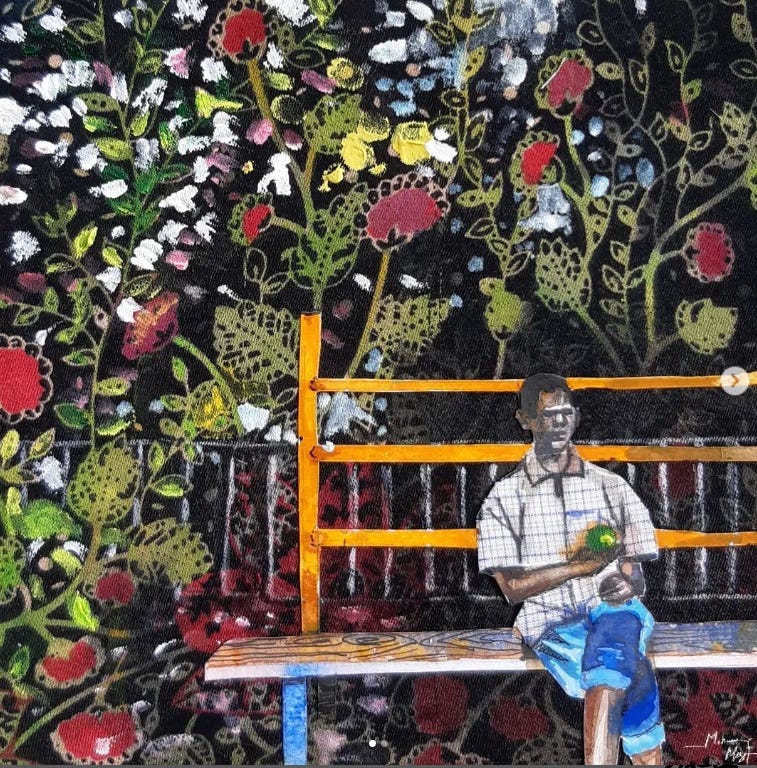
"I lost the university that I love. I lost studying a subject that I love, the studio in which I paint and study. I lost friends. I may be displaced. I have lost paintings that carry within them the fatigue and memories of my years. I expressed everything through fine art and it became my only weapon to continue life. It helps me move forward. Art is my bright hope. Everything has been destroyed. The war was a turning point in my life. I have become strong because of it. I have a strong determination and passion for peace for Sudanese people. I would like to keep expressing these important issues through my art."
This mutual aid request for Muhammad is organized by artist and comrade Nicole Trinidad. With the money raised, Nicole will help Muhammad evacuate Sudan when it is possible to do so. Funds will cover flights, rent, and other living expenses.
With our collective support, hopefully, Muhammad will be able to finish his studies and live as a working artist in a free Sudan.




